---------------------------------------------------------
So you want to expand your backyard farm to include some fiber-producing animals? Contrary to PETA’s warnings, not all animal fiber is harvested cruelly. One way to ensure that is to be the one that cares for the animals and harvests their fur. In fact, relieving a fiber animal of their excess fur is just part of good animal husbandry and helps to keep the animals healthy (click here to read about the harvesting process with rabbits) I promise it doesn’t have to be like the horrific videos PETA likes to circulate.
Fiber animals can actually be a great addition for the homesteader that is also passionate about animal rights. But why should you raise fiber animals?
- Having your own fiber source helps you live a more self-sufficient lifestyle.
- Fiber sales can provide farm income. Sell the fiber raw, felt the fibers into felt sheets for crafts, spin it into specialty yarns, knit finished clothing or blankets, produce needle felted accessories, home decor, and more. There are so many things you can do with animal fibers and all of them can provide your family with a stream of income.
- It lets you enjoy animal fibers with the peace of mind that the animals were never mistreated
- To support your crafty hobbies. If you are a crafter you know how easily expenses can get out of hand. Imagine being able to “grow” supplies in your backyard – it’s the closest to a money tree you’ll find 🙂
- Fiber animals are just so darn cute! Really what is cuter than a fluffy animal?
Ok, so I’ve twisted your arm and you are ready to welcome some fluffy friends to your homestead, what are your options?
Sheep
The animal that immediately comes to most people’s minds will be sheep. Sheep have been man’s furry domesticated friends for centuries, their wool is dense, warm, and durable. Sheep are flock animals so you will need to keep at least two, but preferably at least three or four to keep them happy. As grazers, sheep need pasture space and that can be hard to come by in the suburbs. Even a small flock of 3-4 will still need at least half an acre of pasture.
Goats
Another popular fiber animal for hobby and commercial farmers alike are goats. There are two breeds of fiber goats, Angora (which produce mohair fiber, not angora fiber) and Cashmere (which produce cashmere fiber). Goats may be better suited to living in a small backyard than sheep, especially the smaller pygmy crosses of these breeds, but they still need to have other goat friends around, which requires a decent amount of room and sturdy fencing.
Alpacas
Looking at the larger fiber animals you have Alpacas and Llamas, both members of the camel family. These large gentle animals provide a beautiful, thick wool that is highly prized. Because of their large size, they obviously need a large pasture area, a small flock of 2-3 will need at least half an acre. They are less commonly kept than sheep or goats, making them more difficult & expensive to obtain. You also may have a hard time finding a suburban vet that has experience caring for camelids. click here to read more about keeping alpacas
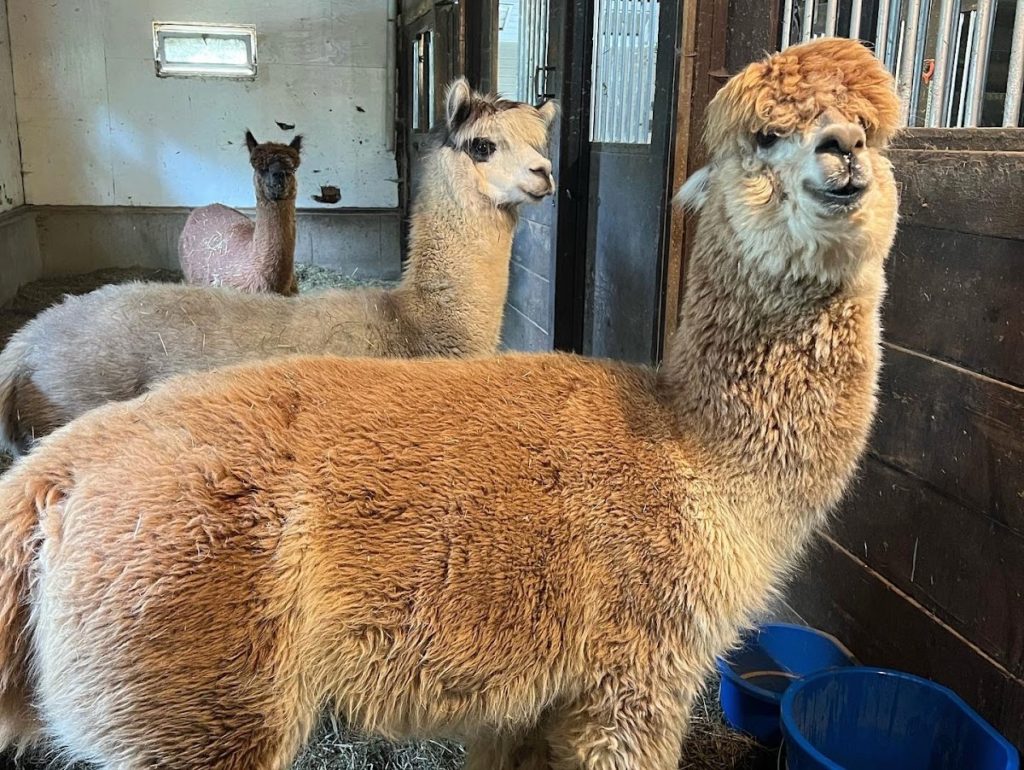
Rabbits
This brings me to the tiny powerhouse of fiber animals – rabbits! There are five breeds of Angora rabbit commonly raised for their luxuriously soft angora fiber (click here to read more about each breed). Rabbits really are the ideal choice for the suburban homesteader looking to raise fiber animals – let me tell you why.
Less Space
Raising rabbits requires far less space than other fiber animals. While a small herd of sheep will need about 1/2 acre in pasture, you can keep a small colony of rabbits in a space the size of a typical bedroom. Generally, you want to provide about 35 square feet per rabbit to give them room to run, jump & be happy. This makes them perfect for even the smallest backyard, or even for urban homesteaders with no yard, as they are quite happy to live inside with humans – try that with a llama! click here to read more about setting up a rabbit enclosure here
Less Expenses
Rabbits are very cost-effective. Being the smallest of the fiber animals, they will go through the least amount of feed & hay. They also don’t require vaccines, wormers, hoof care, & specialty farm vets that the other fiber animals will. Most suburban vets will have experience treating rabbits when needed.
More Fiber Harvests
Rabbit wool can be harvested year-round. Angora rabbits will naturally lose their coat 3-4 times per year. The fur loosens as new fur replaces it and you have to simply brush it out. Sheep, alpacas, & llamas are only shorn once a year, and goats twice a year. The rest of the year you are just caring for them with little return. Yes, when you shear them you get a huge amount of wool all at once which is great, but it can also be overwhelming for a small-time homesteader to deal with all that wool. I much prefer the smaller, more frequent harvest from a rabbit for managing the amount of wool I have around my house.
Pound for pound they are wool kings. My little 6-pound English Angora gives me a little over 1 pound of wool per year – about 20% of her body weight! Let’s compare that with other fiber animals (these are general statistics; obviously sex, breed, age & health of these animals all come into play this is just for comparison’s sake). The average Alpaca weighs 150-175 pounds and produces about 10 pounds of wool per year (7% of body weight). The average sheep is 125-175 pounds and produces about 9 pounds of wool (6% of body weight). The average fiber goat weighs 100-150 pounds and produces about 15 pounds of wool (12% of body weight). So the little bunnies blow them all away!
Manageable waste
Rabbit poop is amazing to use as garden compost, and you can use it right away without the need for cooling off like some manures. Managing the waste of any animal you raise on your homestead is not something fun to think about but it’s necessary to avoid disease and unpleasant smells offending your neighbors. I guarantee even a small yard can handle the waste of a few 6-pound rabbits – the same can’t be said for a few 175-pound alpacas.
Easy Fiber Processing
Angora rabbit wool is ready to use right off the bunny. You can literally sit with your rabbit on your lap and spin the wool off her onto a spinning wheel. The wool from other animals needs to be cleaned first to remove the natural grease and lanolin the animal produces to keep them protected from the elements.
Do you need one more reason? Look at this face!!
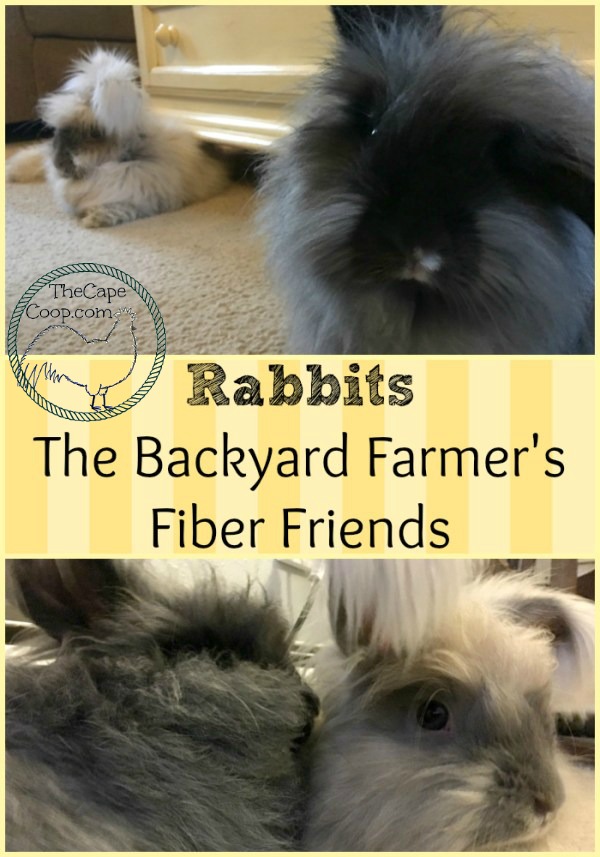
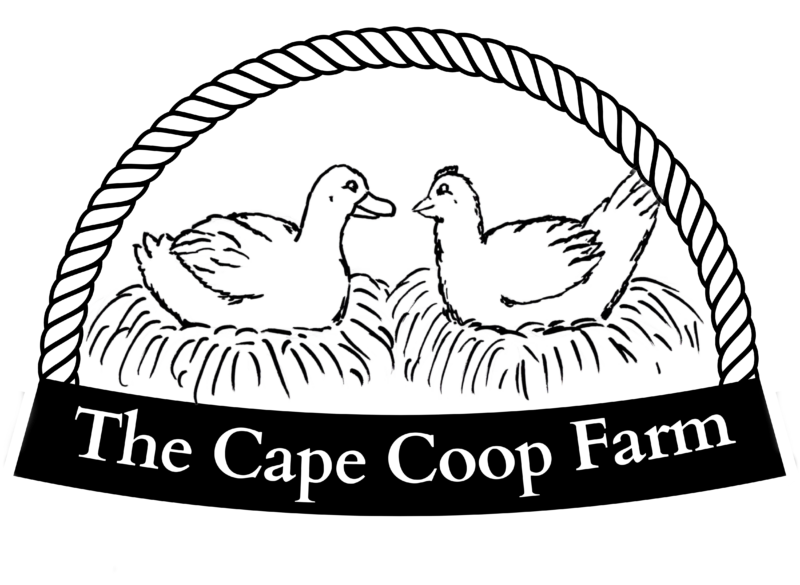


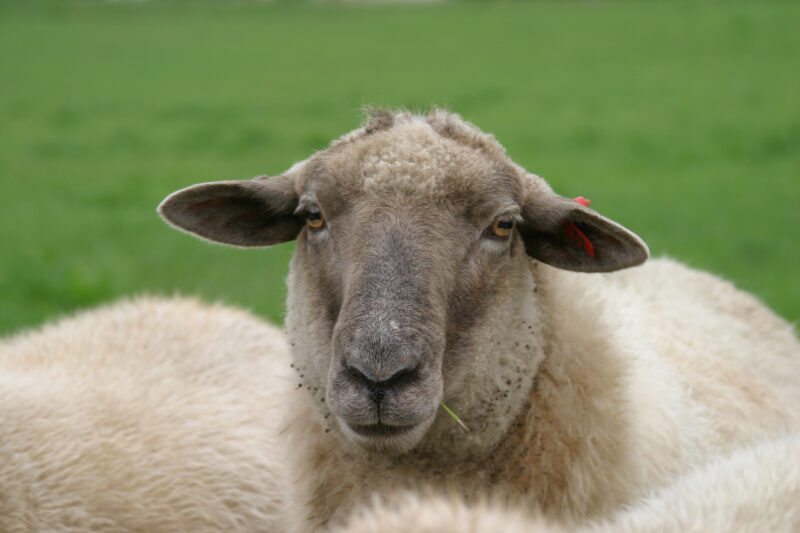
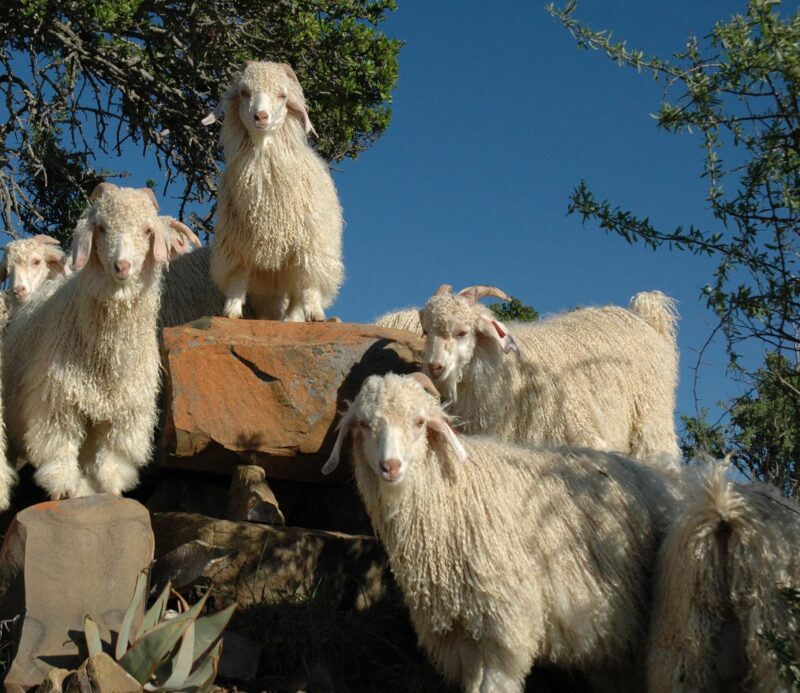
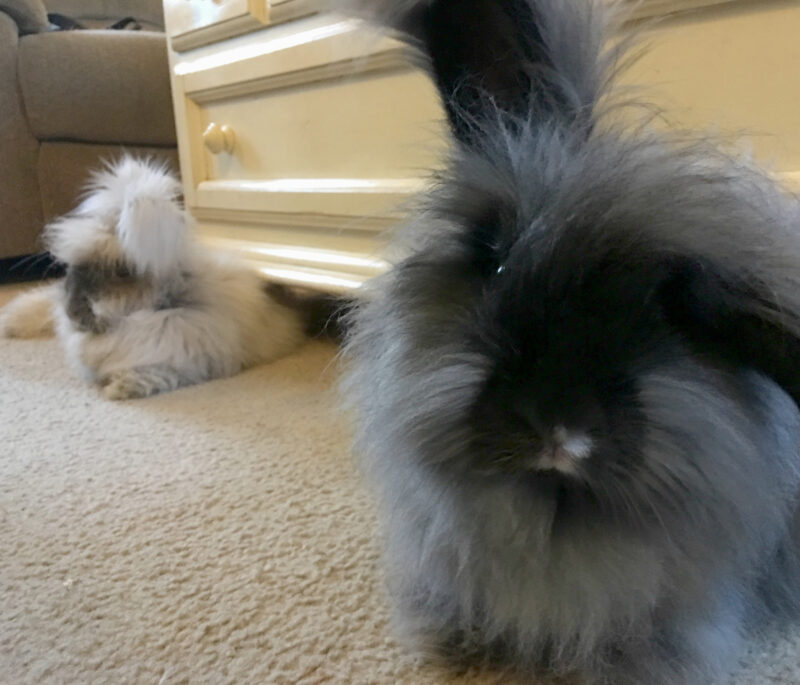

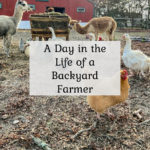


Jordan Charbonneau
Tuesday 29th of March 2016
Great post! We just added four angora rabbits to our homestead (we've already had 3 non-angoras as house pets) and are really enjoying them. Your other post on grooming was also extremely helpful for us newbies.
Liz
Tuesday 29th of March 2016
I'm glad you enjoyed it! Angoras are super sweet :)